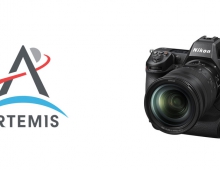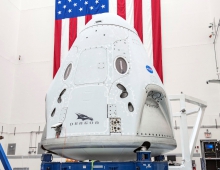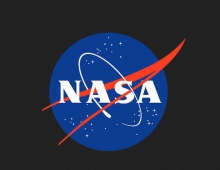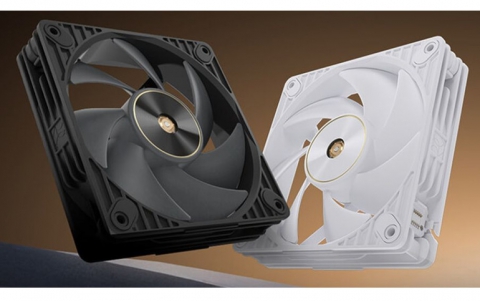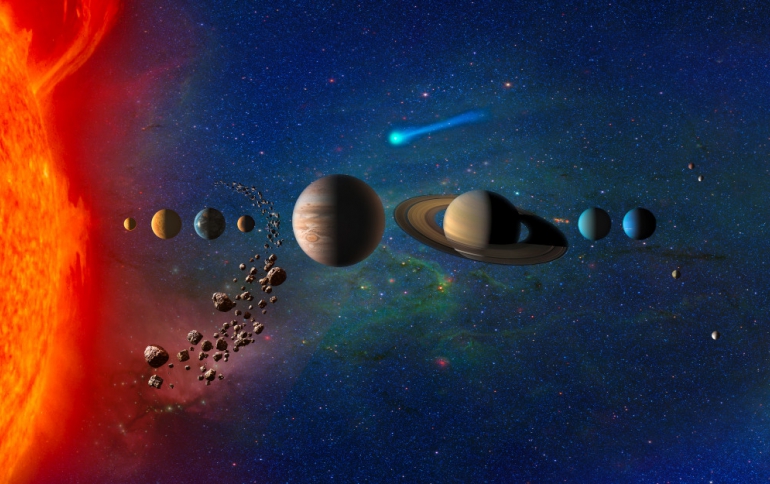
NASA Selects Four Possible Missions to Study the Secrets of the Solar System
NASA has selected four Discovery Program investigations to develop concept studies for new missions.
Although they’re not official missions yet and some ultimately may not be chosen to move forward, the selections focus on compelling targets and science that are not covered by NASA’s active missions or recent selections. Final selections will be made next year.
NASA’s Discovery Program invites scientists and engineers to assemble a team to design planetary science missions that deepen what we know about the solar system and our place in it. These missions will provide frequent flight opportunities for focused planetary science investigations. The goal of the program is to address pressing questions in planetary science and increase our understanding of our solar system.
“These selected missions have the potential to transform our understanding of some of the solar system’s most active and complex worlds,” said Thomas Zurbuchen, associate administrator of NASA's Science Mission Directorate. “Exploring any one of these celestial bodies will help unlock the secrets of how it, and others like it, came to be in the cosmos.”
Each of the four nine-month studies will receive $3 million to develop and mature concepts. After evaluating the concept studies, NASA will continue development of up to two missions towards flight.
The selected proposals are:
DAVINCI+ (Deep Atmosphere Venus Investigation of Noble gases, Chemistry, and Imaging Plus)
DAVINCI+ will analyze Venus’ atmosphere to understand how it formed, evolved and determine whether Venus ever had an ocean. DAVINCI+ plunges through Venus’ inhospitable atmosphere to precisely measure its composition down to the surface. The instruments are encapsulated within a purpose-built descent sphere to protect them from the intense environment of Venus. The “+” in DAVINCI+ refers to the imaging component of the mission, which includes cameras on the descent sphere and orbiter designed to map surface rock-type. The last U.S.-led, in-situ mission to Venus was in 1978. The results from DAVINCI+ have the potential to reshape our understanding of terrestrial planet formation in our solar system and beyond. James Garvin of NASA's Goddard Space Flight Center in Greenbelt, Maryland, is the principal investigator. Goddard would provide project management.
Io Volcano Observer (IVO)
IVO would explore Jupiter’s moon, Io, to learn how tidal forces shape planetary bodies. Io is heated by the constant crush of Jupiter’s gravity and is the most volcanically active body in the solar system. Little is known about Io’s specific characteristics, such as whether a magma ocean exists in its interior. Using close-in flybys, IVO would assess how magma is generated and erupted on Io. The mission’s results could revolutionize our understanding of the formation and evolution of rocky, terrestrial bodies, as well as icy ocean worlds in our solar system, and extrasolar planets across the universe. Alfred McEwen of the University of Arizona in Tucson is the principal investigator. The Johns Hopkins University Applied Physics Laboratory in Laurel, Maryland would provide project management.
TRIDENT
Trident would explore Triton, a unique and highly active icy moon of Neptune, to understand pathways to habitable worlds at tremendous distances from the Sun. NASA’s Voyager 2 mission showed that Triton has active resurfacing—generating the second youngest surface in the solar system—with the potential for erupting plumes and an atmosphere. Coupled with an ionosphere that can create organic snow and the potential for an interior ocean, Triton is an exciting exploration target to understand how habitable worlds may develop in our solar system and others. Using a single fly-by, Trident would map Triton, characterize active processes, and determine whether the predicted subsurface ocean exists. Louise Prockter of the Lunar and Planetary Institute/Universities Space Research Association in Houston is the principal investigator. NASA’s Jet Propulsion Laboratory (JPL) in Pasadena, California, would provide project management
VERITAS (Venus Emissivity, Radio Science, InSAR, Topography, and Spectroscopy)
VERITAS would map Venus’ surface to determine the planet’s geologic history and understand why Venus developed so differently than the Earth. Orbiting Venus with a synthetic aperture radar, VERITAS charts surface elevations over nearly the entire planet to create three-dimensional reconstructions of topography and confirm whether processes, such as plate tectonics and volcanism, are still active on Venus. VERITAS would also map infrared emissions from the surface to map Venus’ geology, which is largely unknown. Suzanne Smrekar of NASA’s Jet Propulsion Laboratory (JPL) in Pasadena, California, is the principal investigator. JPL would provide project management.

